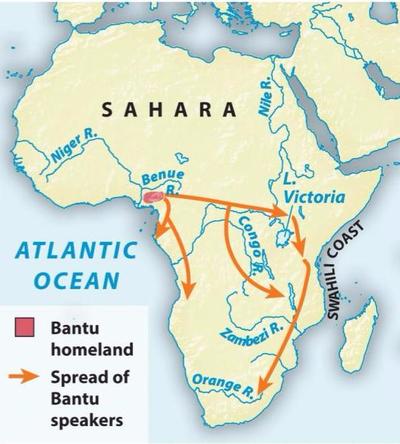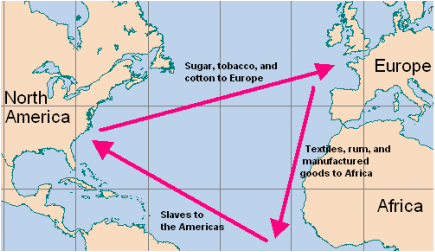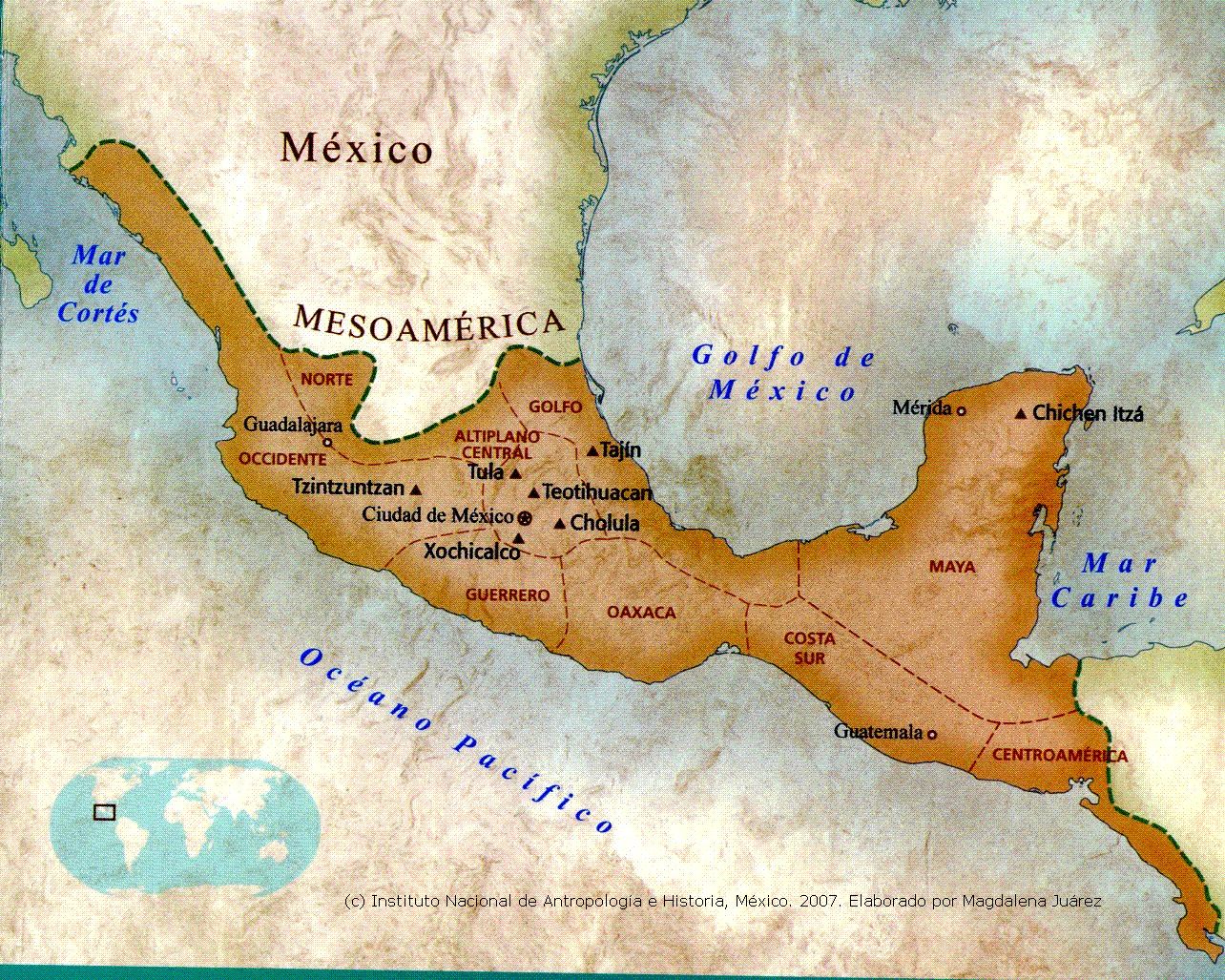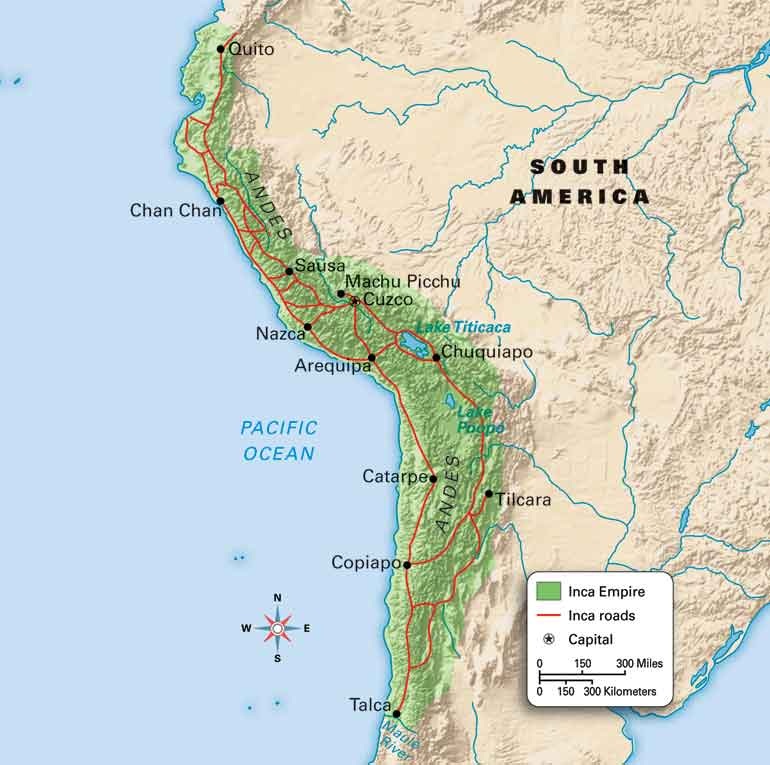PART 1: Aztec and Inca Empires / African empires 800-1500
In Part 1 today, we are reading about the Bantu migrations and the spread of language in Africa. We'll also discuss ancient civilizations in the Americas, as well as the connection between slavery and the development of societies in this period.
.
STEP 1: Reading
Please review Chapter 6, pages 154-179, and read Chapters 12, 13 and 14 in your textbook.
.
.
STEP 2: Ancient North American civilizations
A Visit to Cahokia with Dr. Hook:
Click on this link Cahokia Mounds slide show 2.13.16...pptx
When it opens, click on "Slideshow" and then hit "From Beginning." With each slide is an audio lecture by Dr. Hook that corresponds to the text on the slide. At the end of the narration for that slide, just click anywhere on the slide and it will automatically move to the next one.
The audio lecture starts automatically. Be sure to turn up the volume on your computer and/or earphones.
IF you have hearing difficulties, please let me know. I can provide a typed text for this slide show or any other powerpoints or films. - Dr. Hook
.
.
STEP 3: Ancient Mesoamerica
Examine these maps. How do you think geography and topography affected communication between ancient civilizations in different areas of Mesoamerica? How would societies on the coast be different from those in the mountains?
.
.
. STEP 4: Ancient South American societies: The Inca at Machu Picchu
- Looking at this map and the photos below, how do you think geography affected the development of Inca civilization?
- How does your textbook describe Machu Picchu? (page 352-4) How was it different from the Aztec society?
- Examine these photos of Machu Picchu and the Inca roads. Can you imagine these buildings and roads on the map?
(Optional) Visit Machu Picchu with Google Earth: https://earth.google.com/web/data=CiQSIhIgMjRiNWFhNTFlOGExMTFlNmJhN2U2ZjgxOGQ2OWE2ZTc
.
.
.
.
Inca roads
..
.
STEP 5: Bantu migration in Africa (required)
Language was important during the Bantu migration (see the textbook, pages 168-171).
You may have heard the Xhosa and Zulu Bantu languages, distinctive for their "clicks."
Here is a youtube of a San man explaining the native uses of grass, using language with clicks. This video is followed by a lesson on how to say the clicks in the Xhosa language. Can you say it?
https://www.youtube.com/watch?v=W6WO5XabD-s
https://www.youtube.com/watch?v=KZlp-croVYw
.
And watch this short video about the Bantu languages in Africa today:
https://www.youtube.com/watch?v=ohB416-S4nA
.
Here's a map of the Bantu migration:
..H
.
STEP 6: Lecture about African heritage (Optional)
Watch this "Ted Talks" lecture by Gus Casely-Hayford, a cultural historian, about African heritage:
https://www.ted.com/talks/gus_casely_hayford_the_powerful_stories_that_shaped_africa?language=en
Here is a brief introduction to the lecture: What does he discuss that relates to our studies this week?
"In the vast sweep of history, even an empire can be forgotten. In this wide-ranging talk, Gus Casely-Hayford shares origin stories of Africa that are too often unwritten, lost, unshared. Travel to Great Zimbabwe, the ancient city whose mysterious origins and advanced architecture continue to confound archaeologists. Or to the age of Mansa Musa, the ruler of the Mali Empire whose vast wealth built the legendary libraries of Timbuktu. And consider which other history lessons we might unwittingly overlook. "
.
STEP 7: The Transatlantic Slave System
Watch this short youtube video about the "Middle Passage," that was part of the "triangular trade" from Europe, to Africa, to America, and back to Europe: (about eight minutes)
https://www.youtube.com/watch?v=xIT5AYdEQVw
As you watch the youtube, think about these discussion questions:
Who was Olaudah Equiano? How does he describe the Middle Passage? How was the Atlantic slave trade new and different from slavery already existing in Africa?
NOTE: For closed-captioning, click on the CC symbol below the video, and click "On." .
Here's a map of the triangular trade system:

.
.
STEP 8: Class Discussion
1. Explain the importance of Bantu migration in Africa. Did you try the “click” language? Could you do it?
What was the significance of language in the Bantu migration? (page 169 in the textbook)
.
2. Referring to the textbook, describe three achievements of the Maya civilization. Then name two differences between the Maya and Teotihuacan. Then name one major characteristic of the Moche. Finally, describe one difference between Chaco and Cahokia.
.
3. What do you think about preserving ancient sites like Cahokia? Should tourists be allowed to climb on the mounds? Can you think of other ancient sites that are open to tourists? Have you visited an ancient site? Please tell us about your experience.
Have you visited Machu Picchu? What is the difference in the geography and landscape between Cahokia and Machu Picchu? Why do you think ancient civilizations built mounds or on the top of mountains?
.
4. Read these articles about the excavation projects at the ancient city of Teotihuacan. What evidence did the archaeologists find for violence at Teotihuacan? Would you like to be an archaeologist on this project?
1999 excavation report: http://archive.archaeology.org/online/features/mexico/
2003 excavation report: http://archive.archaeology.org/0301/newsbriefs/teotihuacan.html
Project nearly complete: http://www.asu.edu/feature/fall04/teotihuacan.html
Completed project on display at Arizona State University: https://asunews.asu.edu/20131023-teotihuacan-city-life
.
5. Which of these websites interest you? Share with the class what you learned.
(1) Bantu maintaining native culture in the United States today: http://wiki.colby.edu/display/AY298B/Home
Click on "About us" and browse through the various sections.
. (2) A visit to Chaco Canyon: https://www.youtube.com/watch?v=0h9WlozwiTQ
.
6. Did you watch the "Ted Talks" lecture by Gus Casely-Hayford, a cultural historian, about African heritage?
What does he discuss that relates to our studies this week? Or share with the class something you found interesting in his lecture.
.
7. Who was Olaudah Equiano? How does he describe the Middle Passage? How was the Atlantic slave trade new and different from slavery already existing in Africa?
.
8. Referring to the textbook (pages 410-419) as well as our study of the Middle Passage, explain something you found interesting, disturbing, or surprising about the transatlantic slave trade.
Or discuss the impact of the slave trade in Africa (pages 415-419).




